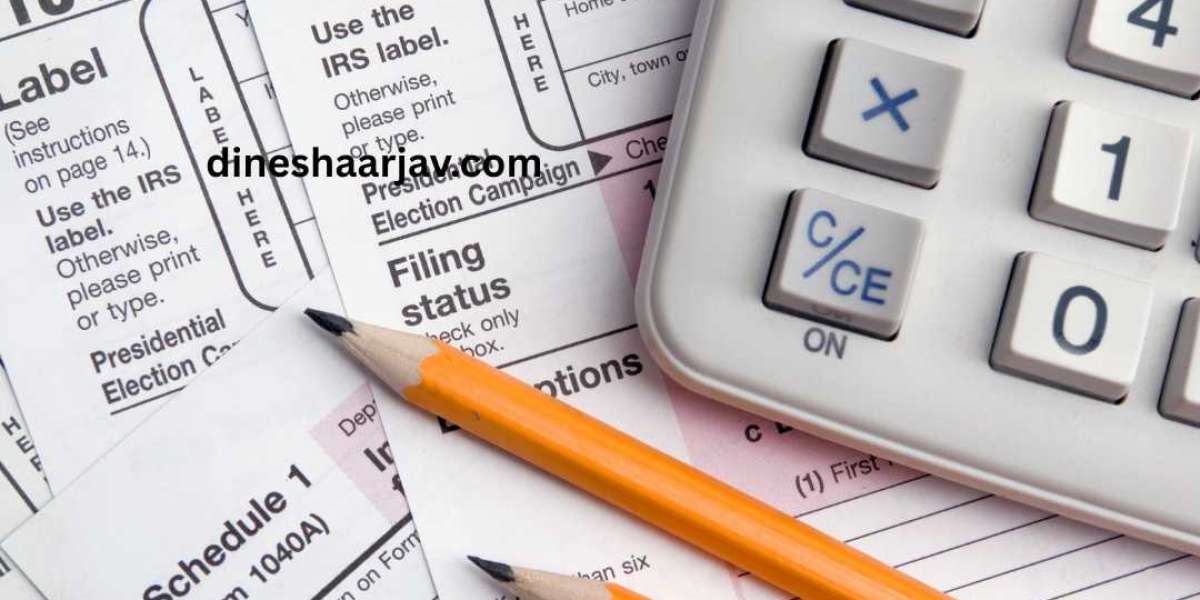Tax compliance in India can often feel overwhelming, especially for self-employed professionals who need to maintain books of accounts, track expenses, and undergo audits. To ease this burden, the government introduced Section 44ADA of the Income Tax Act, 1961, a special provision under the presumptive taxation scheme. This section is tailor-made for professionals and aims to simplify how they compute and file their taxes.
What Does Section 44ADA Mean?
Section 44ADA offers a straightforward way for professionals to declare income. Instead of reporting every expense and maintaining records, they can simply assume that 50% of their gross receipts represent their net income and pay taxes accordingly.
This presumptive approach reduces both compliance time and cost, making it particularly beneficial for independent professionals and small practices.
Who Can Use Section 44ADA?
This scheme is available only to specific categories of taxpayers:
Resident individuals
Hindu Undivided Families (HUFs)
Partnership firms (except LLPs)
It applies only to certain professions listed under section 44ada of income tax act, which include:
Doctors and medical practitioners
Lawyers and legal professionals
Engineers and architects
Chartered accountants, auditors, and tax consultants
Technical consultants
Interior decorators
Film artists and notified professions
Conditions to Avail Section 44ADA
The gross receipts should not exceed ₹75 lakh in a financial year (the earlier limit was ₹50 lakh).
The ₹75 lakh threshold applies if most payments are received digitally.
The assessee must be a resident of India.
LLPs and companies are not eligible.
If income is declared below 50%, books of accounts must be maintained and an audit becomes mandatory under Section 44AB.
How Does Section 44ADA Work?
Taxable income = 50% of gross receipts.
Actual expenses cannot be separately claimed since they are deemed covered in the 50% margin.
Deductions under Chapter VI-A (like 80C, 80D, etc.) are still available.
Advance tax provisions apply if liability is above ₹10,000.
Example
Suppose a chartered accountant earns ₹45 lakh in a financial year.
Income under Section 44ADA = 50% × ₹45,00,000 = ₹22,50,000
Tax liability will be calculated based on ₹22,50,000 as per slab rates.
No books of accounts or audit are required under this scheme.
Advantages of Section 44ADA
Simplifies compliance – No bookkeeping or audit.
Saves money and time – Reduced professional fees for accountants or auditors.
Encourages digital transactions – Higher threshold available for digital receipts.
Best for freelancers and small practices – Easy tax filing without complex calculations.
Drawbacks of Section 44ADA
Not for high-expense professionals – If actual expenses are more than 50%, declaring flat 50% as income can be disadvantageous.
Limited coverage – Only specific professions can opt.
Audit required if opting out – If a professional wants to show less than 50% income, full compliance with audit rules applies.
Final Thoughts
Section 44ADA of the Income Tax Act is an effective option for professionals who want to simplify their tax filings. By assuming half of their receipts as profit, they can avoid the tedious work of maintaining accounts and conducting audits.
While it is highly beneficial for those with lower operating costs, professionals with heavy expenses must carefully evaluate before opting in. For independent professionals and freelancers, Section 44ADA strikes the perfect balance between simplicity and compliance.







